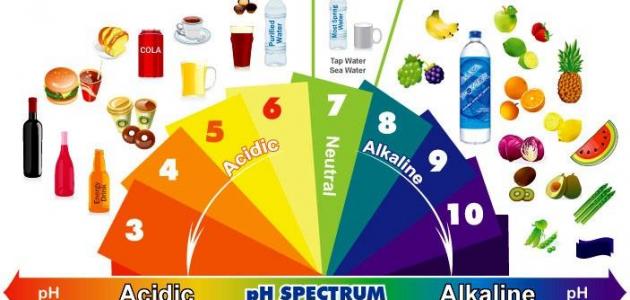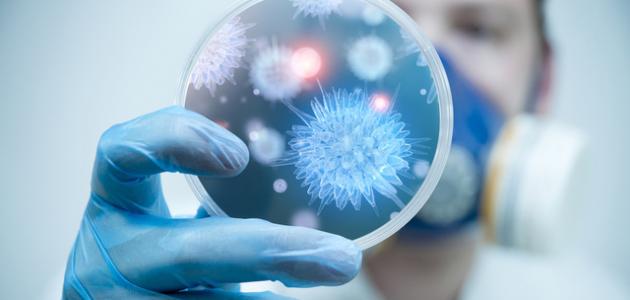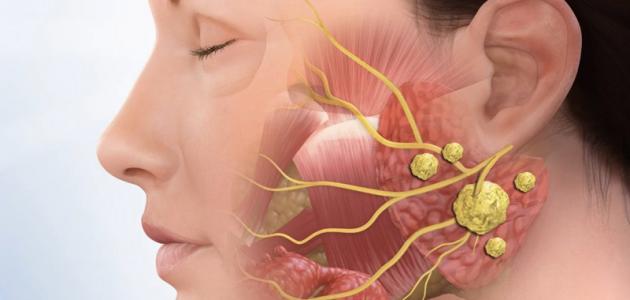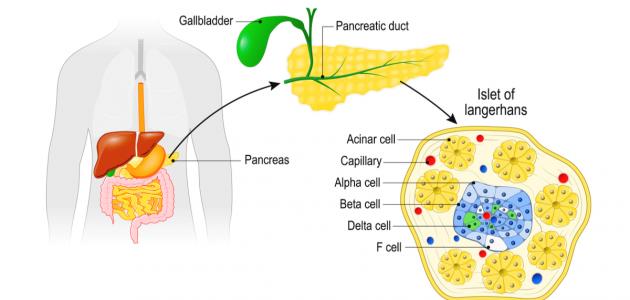Contents
Melanin
Melanin is known as the pigment that gives color to human skin, hair, and eyes, and in fact this pigment is produced by melanocytes, and in addition to the above, it contributes to protecting the skin from damage that may occur. It occurs as a result of exposure to sunlight, and it is mentioned that the amount of melanin in the body is proportional to the intensity of the skin color, as dark-skinned people have a greater amount of melanin compared to light-skinned people, and in fact the production of melanin increases in response to exposure to sunlight, and it should be noted that Freckles are small areas of the skin where melanin production and concentration increases. [1]
Where the melanin is located
Melanin is found in several parts of the body, especially the skin, eyes , and hair. [1] In fact, this pigment is produced in the epidermis layer of the skin. It should be noted that all people have almost the same number of melanocytes, except that melanin amount produced varies from person to person depending on genetic factors, where increasingly darker skin increasing the amount of melanin manufactured therein, and states that skin owners dark with higher amount of melanin are considered less prone to wrinkles associated with the age and skin cancer compared to the owners of light skin. [2]
Types of melanin
There are three types of melanin, and the following is a statement for each of them: [3]
- Normal: and represents the best known type of melanin, as it gives the black color basically, and can be found on this dye in the hair and skin, as causing hair coloring gray, black, yellow, brown, that there are type two modes either normal The black or the brown normal, and the following is an explanation for each of them:
- Black normal pigment: This pigment gives black in the event of its presence in large quantities, but if it is present in very small quantities it gives the color gray, and this pigment is common among people of non-European origin.
- Normal brown: This dye gives brown hair if it is present in abundant quantities, but if it is present in small quantities, it gives the hair a light brown and blond color, and this dye is common for people of European descent.
- Phyomelanin: This pigment contributes to the production of the red color, and it can be found in the skin and hair, and in fact this pigment is more abundant in the skin of women than men, and this explains why women's skin appears redder compared to men.
- Melanin nervous: and represent the black dye that produces black color in certain parts of the brain .
Hyperpigmentation
Hyperpigmentation is characterized by an increase in the darkness of the skin , and it may appear in the form of small spots, or it may cover a large area of the body, or the entire body, and this condition is due to the increase in the production of melanin pigment as a result of various conditions and factors, and in fact the exposure is considered Sunlight is a major risk factor for hyperpigmentation, and it should be noted that when diagnosing this condition, the doctor takes a person's medical history, and conducts a physical examination to reveal the cause of hyperpigmentation, and a skin biopsy may be required in some cases to rule out skin cancer . There are many types of hyperpigmentation, and the following is an explanation: [4]
- Melasma: It is also called the pregnancy mask because it develops during pregnancy, and this condition is due to hormonal changes that occur during pregnancy, and hyperpigmentation in this case appears commonly on the abdomen and face, but it may appear in any area Other body.
- Solar cost : Sunspot: This condition is associated with excessive exposure to sunlight over time, as hyperpigmentation spots appear in this case on sun-exposed areas such as hands and face .
- Post-inflammatory hyperpigmentation: This condition occurs as a result of skin injury.
Hypopigmentation
Hypopigmentation occurs due to a decrease in the production of melanin in the body, and this condition may appear in different forms, and the most prominent of which is: [5]
- Vitiligo: This condition represents one of the forms of autoimmune disorders where pigment-producing cells are damaged, and vitiligo appears in the form of smooth white spots on the skin, and it may cover all parts of the body in some people, and in fact it is not possible to completely cure Vitiligo. But there are many treatments that can be used in this situation, including: cosmetics, corticosteroid creams, calcineurin inhibitors, and ultraviolet light therapy.
- Leprosy: it is leprosy A rare genetic disorders occur, which is more common among people who belong to the White race compared to other ethnic groups, and attributed the occurrence of leprosy to the absence of the enzyme that produces melanin, which causes the loss of skin pigment, hair, and eyes are Complete, as the presence of certain abnormal genes may limit the body's ability to produce melanin, and it should be noted that having leprosy makes a person more vulnerable to skin cancer and damage from exposure to sunlight , and this results in the need to use sunscreens all the time, and it should be noted Also, it is not possible to achieve a full cure from leprosy.
- Loss of pigmentation as a result of skin damage: Loss of pigmentation may occur in a certain area of the body as a result of exposure to infection, blisters, burns, or harm, and it should be noted that this type of pigmentation loss is not permanent and may take a long time to repigment the skin again. Use cosmetics to cover the affected area of the skin until the pigmentation returns as it was before.
References
- ^ A b "Medical Definition Of Melanin" , Www.medicinenet.com , Retrieved 8-9-2018. Edited.
- ↑ "What gives skin its color?" , www.aad.org , Retrieved 8-9-208. Edited.
- ↑ "Melanin, melanocytes, and melanosomes" , www.palaeo.gly.bris.ac.uk , Retrieved 8-9-2018. Edited.
- ↑ "What Causes Increased Skin Pigmentation?" , www.healthline.com , Retrieved 8-9-2018. Edited.
- ↑ "Hyperpigmentation, Hypopigmentation, and Your Skin" , www.webmd.com , Retrieved 8-9-2018. Edited.










